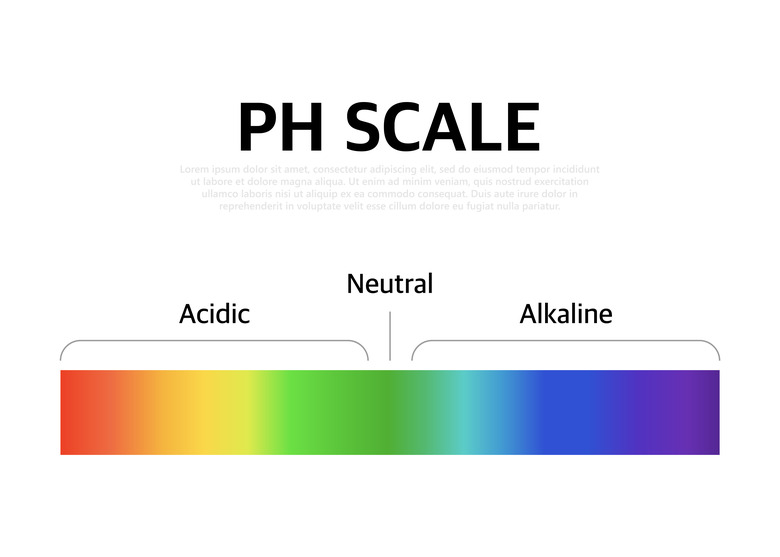Alkaline Water Definition
If you know to keep alert for chemistry terms, you will notice that the world of consumer goods is rich in such words. Skin and haircare products in particular often contain descriptions like "pH-balanced." Also, advertisements for "antacids" to settle stomach discomfort are common. But when you think of drinking water, you probably don't picture products like acid and alkaline water brands.
In fact, if someone asked you to define alkaline water, would you be able to do it? What makes water, or anything, alkaline and why would this be desirable? Is this because water is normally acidic? As you'll see, the concepts of acidity and alkalinity are really kind of fun, and when you get to apply them to a common commodity such as a bottle of water, there's all the more reason to drink it all in.
Acidity, Alkalinity and pH
Acidity, Alkalinity and pH
The way chemists measure acidity is using a scale called pH, which in practice varies continuously between the values of 0 to 14. It is a logarithmic scale, such that a one-unit numerical jump upward (say, from 2.6 to 3.6) implies a tenfold decrease in acidity, as measured by hydrogen ion, or proton (H+) concentration.
An acid is a molecule that is capable of donating a hydrogen ion in aqueous solution (that is, when dissolved in water). Some compounds do this even when there are already a lot of H+ ions floating around (when the pH is already low); such acids are considered strong acids. Those that tend to retain their protons until the solutions become less acidic (that is, when the pH is higher) are called weak acids.
Bases, in contrast to acids, are acceptors of H+ ions in solution, or equivalently, donors of hydroxide ions (OH–). Solutions rich in these ions are alkaline, a rough synonym for basic. Alkaline water is thus water that has a higher-than-normal pH thanks to chemical manipulation.
Drinking Water, Body Water and pH
Drinking Water, Body Water and pH
A pH of 7.0 is considered completely neutral, that is, neither acidic or basic (alkaline). Distilled water has a pH of 7.0. The pH of blood, on the other hand, is slightly acidic, in the range of 7.4. Blood and other bodily fluids contain substances called buffers that can pick up or release H+ ions as needed in response to changing physiological conditions.
- Normal rainwater is slightly acidic owing to its carbon dioxide (CO2) content.
The normal response of the body to an acidic substance is to buffer it with hydroxide ions from some molecular source, resulting in water (H++ OH– ⇌ H2O). The same essential process occurs in response to an excess of H+ ions, which can be buffered using an anion called bicarbonate (HCO3_)
Alkaline Water Side Effects and Health Claims
Alkaline Water Side Effects and Health Claims
Water with a high pH tends to taste bitter. Water with highly deviant pH values, be it acidic or basic, also tends to leave chemical deposits inside pipes, leading to potential obstruction and degradation. Alkaline water is advertised as being "ionized" as a result of electrolysis, but the same result could be achieved by dropping some baking soda (sodium hydroxide, or NaOH) into ordinary water.
Alkaline water's cancer-cure claims and other fantastic promises can be found on labels of health-food and other stores. According to medical experts, the claims themselves are nonsense. If body pH rises much above its normal value of 7.4, problems would immediately ensue. But when you drink alkaline water (at least the mildly alkaline sort that is sold commercially), the hydrochloric acid in your stomach immediately neutralizes it.
Cite This Article
MLA
Beck, Kevin. "Alkaline Water Definition" sciencing.com, https://www.sciencing.com/alkaline-water-definition-5427073/. 26 March 2020.
APA
Beck, Kevin. (2020, March 26). Alkaline Water Definition. sciencing.com. Retrieved from https://www.sciencing.com/alkaline-water-definition-5427073/
Chicago
Beck, Kevin. Alkaline Water Definition last modified March 24, 2022. https://www.sciencing.com/alkaline-water-definition-5427073/
